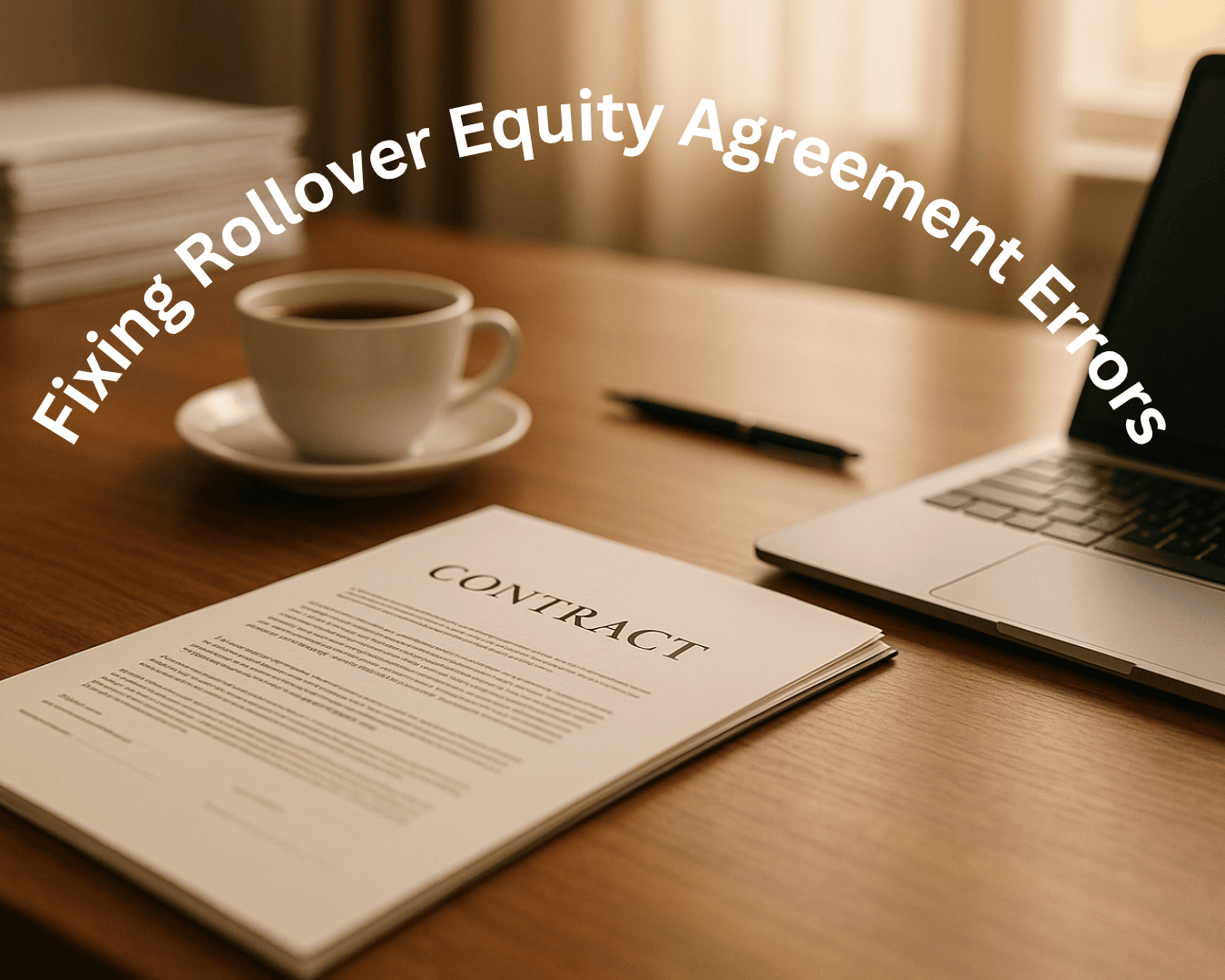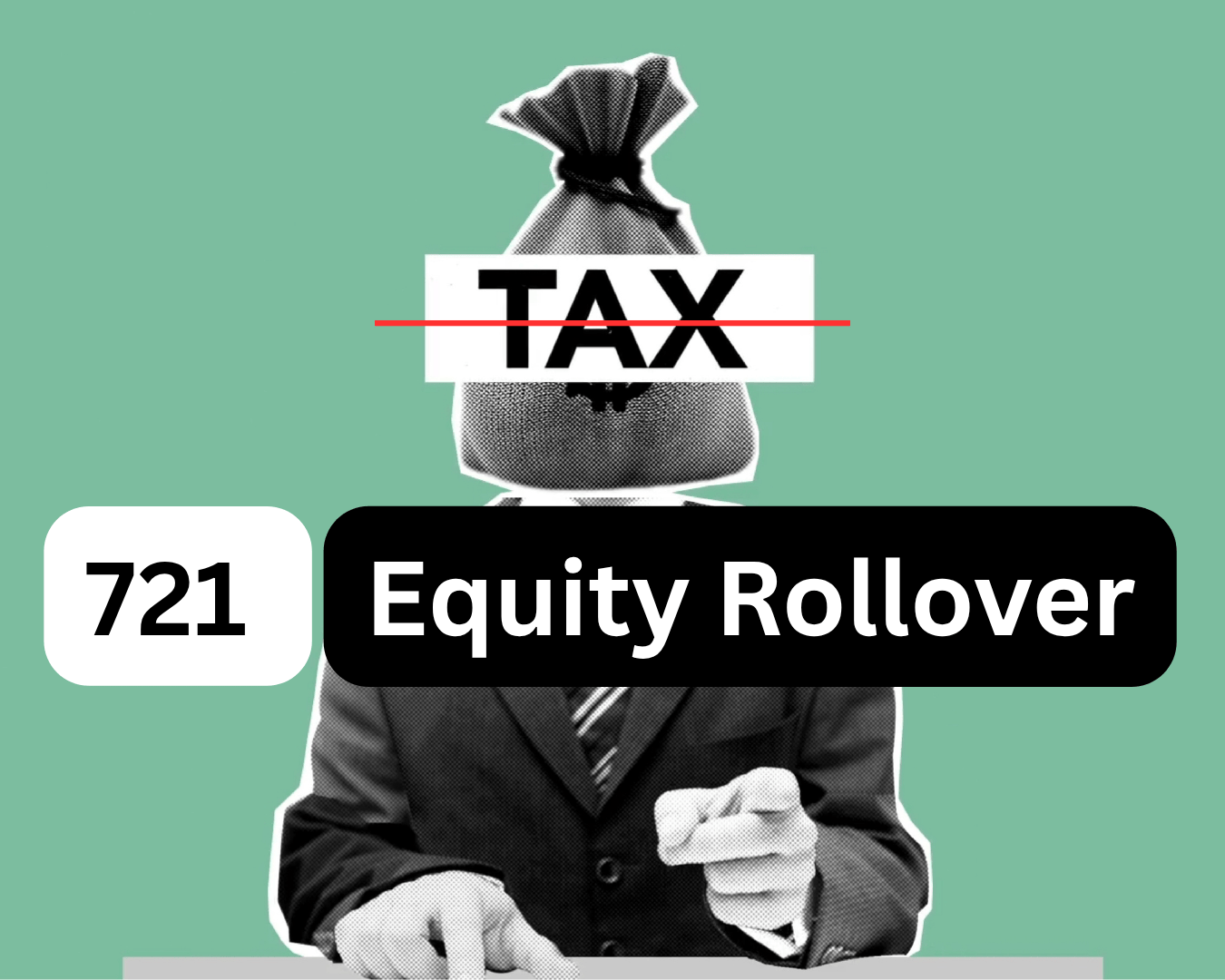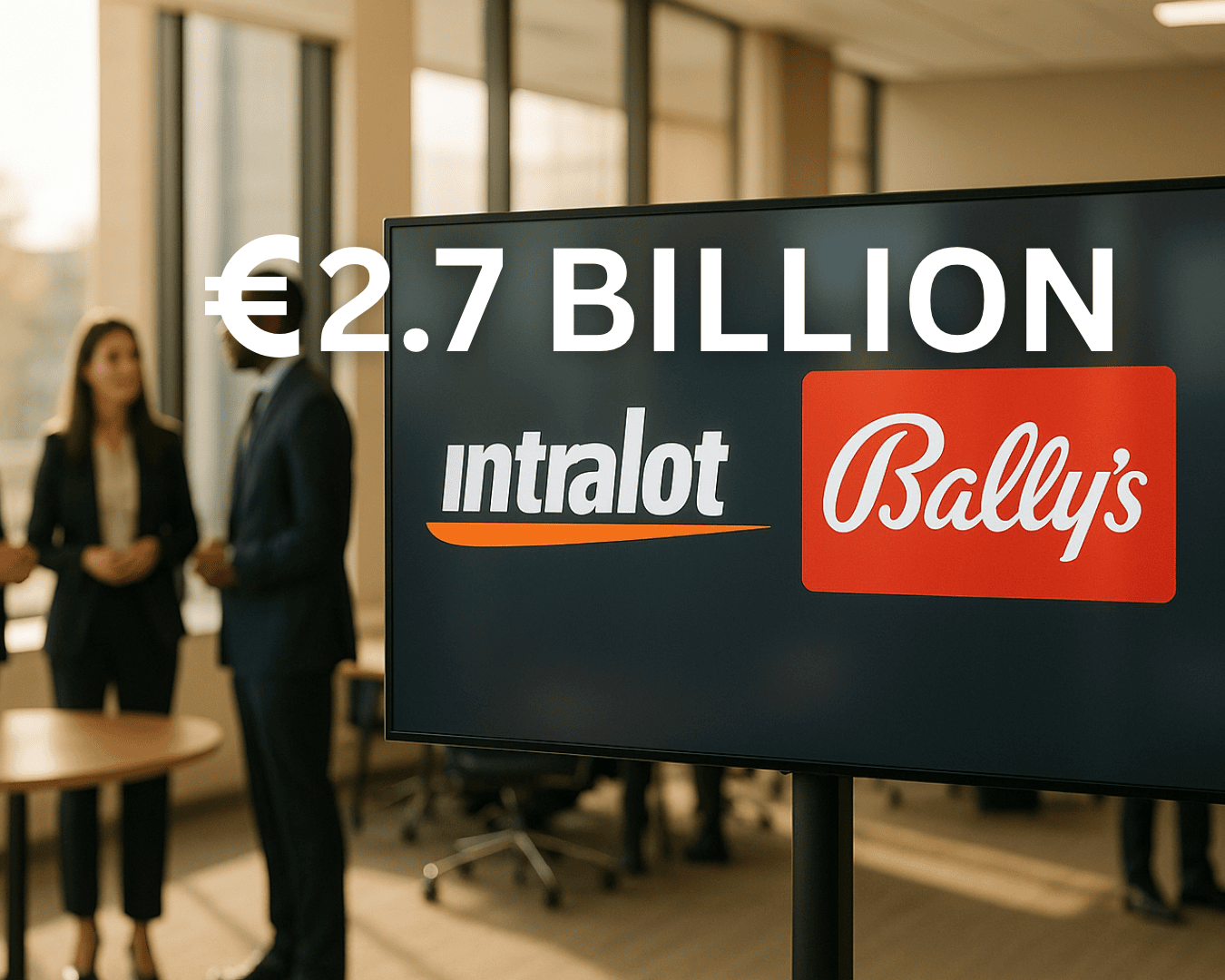When buying or selling a business, understanding its financial health is key. Two important tools for this are Quality of Earnings (QoE) reports and Revenue Verification. Here's a quick breakdown:
- QoE reports analyze a company's earnings to determine if they are consistent and reliable for the future.
- Revenue Verification checks if reported sales are accurate and supported by documents like invoices and bank statements.
Key Differences:
- QoE goes deeper, looking at long-term earnings stability.
- Revenue Verification focuses on confirming the accuracy of sales figures.
When to Use:
- Use Revenue Verification for quick checks or smaller deals.
- Opt for a QoE report for larger, more complex transactions requiring a detailed financial review.
Costs and Time:
- Revenue Verification is faster and less expensive.
- QoE reports take longer (45–60 days) and cost $25,000–$35,000 for businesses under $10M in revenue.
Both methods can work together: start with Revenue Verification for initial checks, then use QoE for a deeper dive into financial risks and opportunities.
What is the Difference Between a Full Quality of Earnings Report and a Q of E Sniff Test?
What is Quality of Earnings (QoE)?
A Quality of Earnings (QoE) report provides a detailed financial analysis that goes beyond the scope of a typical audit. While audits focus on ensuring that a company’s financial records comply with generally accepted accounting principles (GAAP), a QoE report digs deeper to evaluate the sustainability and reliability of earnings trends.
In essence, an audit confirms the accuracy of financial records, while a QoE report determines whether the company’s earnings are likely to continue in the future. This makes QoE reports especially important for anyone considering purchasing a business or making a significant investment.
"A Quality of Earnings Report is an important component of the due diligence needed. The QOE Report goes beyond the scope of an audit by analyzing the past, present, and future earning power of a company. It is beneficial to a buyer because it details benefits and risks of the investment. It is also an opportunity for the seller to identify and fix potential deal-killers and present a compelling story to prospective buyers." - Curtis Bigelow, CFO, Preferred CFO
The process behind a QoE report involves a thorough review of a company’s financial performance over several years. Analysts look at trends, irregularities, and the factors driving profitability. Unlike auditors, who must remain independent, QoE analysts work directly for their clients. This allows them to customize their analysis to address specific concerns or areas of interest.
Let’s break down the key components, timing, and benefits of a QoE report.
Main Parts of a QoE Report
A QoE report typically includes the following:
- EBITDA adjustments to reflect true operating performance
- Revenue quality analysis to assess repeatability and long-term stability
- Review of discretionary expenses to isolate non-essential costs
- Working capital analysis to evaluate liquidity and operational efficiency
- Identification of non-recurring items to separate one-time gains or expenses
When to Order a QoE Report
The timing of a QoE report can have a major impact on the success of a transaction. Buyers are advised to obtain a QoE report early in the due diligence process. This allows them to gain a clear understanding of the company’s cash flow, operational strengths, assets, and long-term profitability.
Sellers, on the other hand, often commission their own QoE reports before listing their business for sale. This proactive step helps build trust with potential buyers and positions the seller for a smoother transaction in competitive markets. By addressing any red flags identified in the report, sellers can avoid delays or complications down the line.
It’s worth noting that QoE reports generally take 45 to 60 days to complete, so planning ahead is crucial.
Business Benefits of QoE Analysis
A QoE report helps reduce risks and provides clarity by distinguishing sustainable earnings from one-time events. This distinction supports more accurate valuations and gives buyers the confidence to move forward with informed decisions.
For lenders and investors, a QoE report demonstrates consistent cash flow, which can improve financing terms. Sellers also benefit by streamlining the sales process, addressing buyer concerns in advance, and showcasing their business’s financial health and growth potential.
When tools like QoE analysis are part of your due diligence, platforms such as Clearly Acquired can help ensure smarter decisions in the acquisition of Main Street businesses.
What is Revenue Verification?
Revenue verification is the process of ensuring that a company's reported revenue figures are accurate and backed by reliable documentation. This involves tracing sales numbers to legitimate transactions, such as bank deposits, invoices, and contracts. It acts as a safeguard against inflated revenue claims - something that's increasingly important in a marketplace where sellers might manipulate figures by including personal transactions, offering excessive discounts, or even presenting fake financial screenshots.
Common Verification Methods
Several techniques are used to cross-check and confirm revenue figures. A key approach is matching reported revenue with actual bank deposits, creating a clear trail from customer payments to business accounts. Analysts also review contracts, purchase orders, invoices, and payment processor reports to ensure all reported sales are legitimate transactions.
For e-commerce businesses, digital records play a critical role. Sales data from platforms like Amazon and Shopify, along with payment processor reports from companies such as Stripe, PayPal, or Square, add additional layers of validation. More formal methods include verifying digital signatures and using standardized revenue forms. In some cases, businesses may be asked to provide extra documentation - like redacted tax returns (showing the company address and revenue figures) or audited financial statements - to strengthen the verification process.
"Inc.'s editorial team reserves the right to request additional documentation in addition to digital signatures or the signed revenue verification form to verify reported revenue numbers (redacted tax returns or audited financial statements) at their discretion. Any company that fails to provide additional material if requested risk disqualification."
These methods ensure the reported revenue is legitimate, helping establish a solid foundation for further analysis or decision-making.
When Revenue Verification is Enough
Revenue verification is often sufficient for situations requiring basic confirmation of revenue figures, such as initial deal reviews, lender applications, or when buyers need quick validation. It works well for smaller transactions or competitive bidding scenarios where time is tight, and the cost of a full Quality of Earnings report might not be practical. However, while this approach confirms immediate revenue accuracy, it doesn't provide insights into long-term performance.
For smaller business acquisitions, platforms like Clearly Acquired can help evaluate whether revenue verification alone provides enough confidence for a deal or if deeper analysis is necessary to make a sound investment decision.
sbb-itb-a3ef7c1
How Quality of Earnings and Revenue Verification Differ
While both methods aim to evaluate financial performance, they serve distinct purposes, helping buyers and sellers choose the most suitable due diligence approach.
Side-by-Side Comparison
The scope and depth of these two methods cater to different needs. Revenue verification zeroes in on confirming that reported sales figures are accurate and backed by proper documentation. On the other hand, a Quality of Earnings (QoE) analysis takes a broader view, assessing not just the accuracy of revenues but also the long-term sustainability and overall quality of earnings.
| Aspect | Revenue Verification | Quality of Earnings |
|---|---|---|
| Primary Focus | Historical revenue accuracy | Sustainability of earnings and future performance |
| Time Investment | Quick turnaround | More extensive review process |
| Cost Range | – | $25,000–$35,000 for businesses under $10M revenue |
| Analysis Depth | Surface-level validation | Comprehensive financial health assessment |
| Risk Coverage | Limited to revenue manipulation | Includes hidden liabilities, aggressive accounting practices, and operational risks |
The timing and goals of these methods also differ. Revenue verification works well during initial deal reviews or competitive bidding, where speed is key. Conversely, QoE analysis is better suited for buyers who need a thorough assessment before making significant investments, especially when evaluating a company's long-term potential.
By highlighting these differences, it's easier to see where revenue verification falls short and why QoE analysis is often necessary for a deeper understanding of a business's financial health.
Where Revenue Verification Falls Short
Revenue verification, while useful, has clear limitations - especially in more complex acquisitions. It confirms that reported sales are real but doesn't reveal deeper issues like aggressive accounting practices, unsustainable revenue sources, or hidden liabilities that could jeopardize future performance.
Take, for example, a company showing strong revenue growth but relying on a single customer for 80% of its sales. While revenue verification might confirm the sales figures are accurate, it wouldn't flag the significant risk posed by customer concentration. Similarly, legitimate revenue can obscure challenges like high operational costs or excessive employee turnover, which can erode profitability.
This is where QoE analysis steps in. It digs deeper, examining factors like vendor relationships, workforce stability, and asset conditions - details that revenue verification typically overlooks. QoE analysis also adjusts financial statements to normalize earnings, offering a clearer view of the company's true earning power. Revenue verification, by contrast, doesn't perform these adjustments.
How Both Methods Work Together
Given these differences, buyers often start with revenue verification to weed out deals with basic documentation issues. Once a deal passes this initial check, they turn to QoE analysis for a more detailed evaluation of value and risk.
For smaller acquisitions, platforms like Clearly Acquired help buyers decide how much due diligence is necessary based on factors like deal size, complexity, and risk. This step-by-step approach allows buyers to use their due diligence budget wisely while keeping the process efficient. In competitive environments - where speed is as crucial as thoroughness - a comprehensive QoE review can address critical concerns early on, helping to close deals faster.
Picking the Right Method for SMB Acquisitions
Choosing between Quality of Earnings (QoE) analysis and revenue verification comes down to a few critical factors.
Decision Factors
Transaction size plays a big role. For smaller, straightforward deals, revenue verification is often enough. But as the size and complexity of a transaction grow, a full QoE analysis becomes more appropriate.
Business complexity is another key element. If you're evaluating a simple service business with one revenue stream, revenue verification might suffice. On the other hand, businesses with multiple revenue streams, complex supply chains, or significant inventory management require the deeper insights that a QoE analysis provides.
"A straightforward service business is easier (and less costly) to analyze than a company with complex operations, such as those involving inventory, multiple revenue streams, or intricate supply chains. The more layers your business has, the deeper we need to dive to make sure every nuance is accounted for."
Your experience level as a buyer also matters. If you're new to acquisitions or lack a financial background, a QoE analysis can offer the confidence and clarity you need. More experienced buyers, especially those familiar with similar transactions, might find revenue verification sufficient for simpler deals.
"It's absolutely essential for first-time buyers, especially those who don't have a finance background." - Eli Goldaris, Isagani Yorke
Other considerations include industry-specific risks. For example, businesses in regulated industries or those with concentrated customer bases often warrant a full QoE analysis, regardless of size. Additionally, time constraints can influence your approach. In competitive bidding situations, revenue verification allows for quicker evaluations, while a full QoE analysis can be reserved for later stages when you're closer to finalizing the deal.
These factors highlight how platforms like Clearly Acquired simplify and enhance the due diligence process.
How Clearly Acquired Helps with Due Diligence
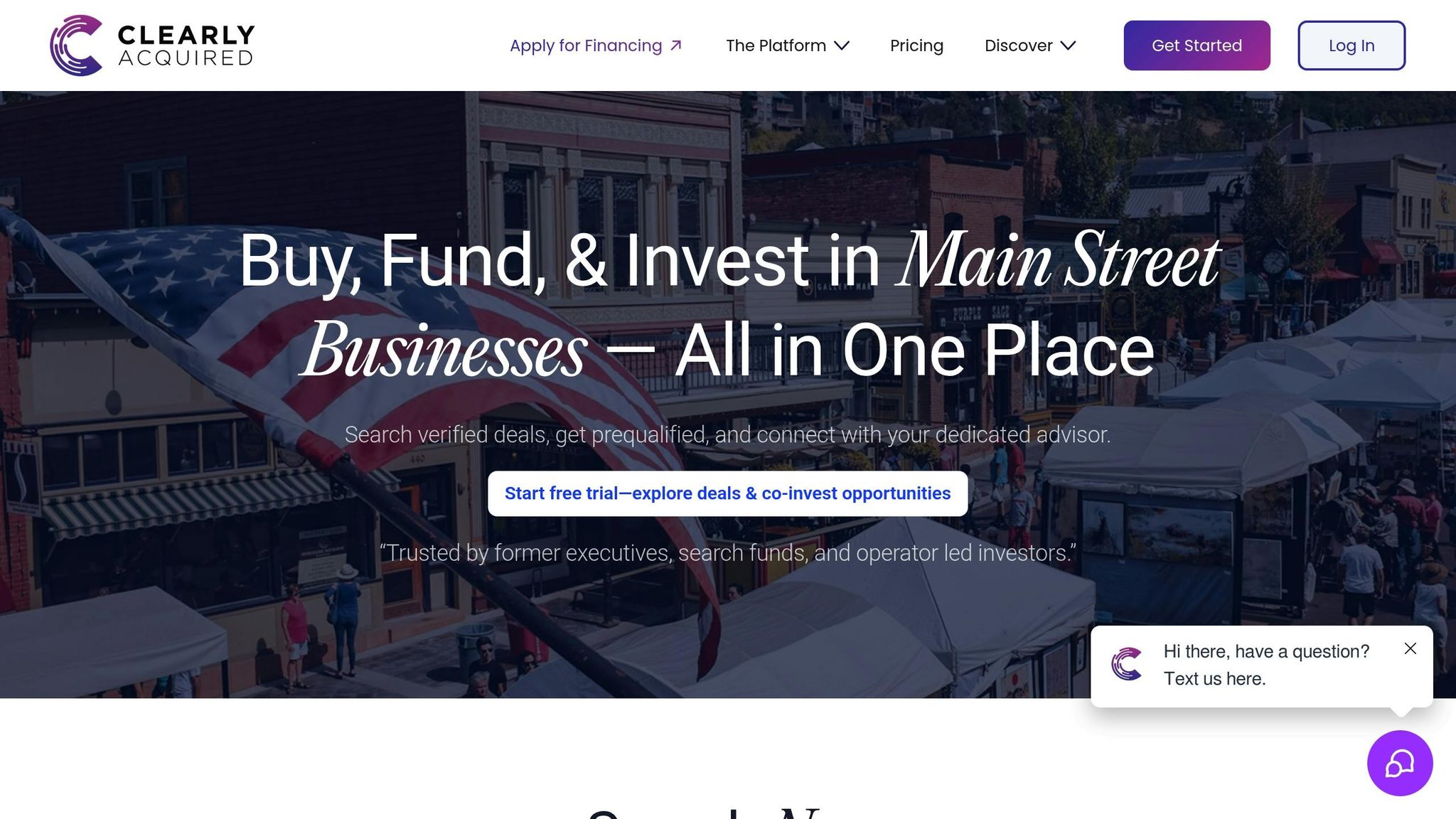
Clearly Acquired makes due diligence more efficient by combining QoE analysis and revenue verification into a single, tech-powered platform. Their verified deal flow ensures that opportunities are legitimate, reducing the chances of encountering deals with missing or faulty documentation.
The platform's AI-driven tools help buyers assess a business's complexity early on. Features like advanced search and automated analysis flag potential risks, guiding you toward the right level of review - whether that’s a quick revenue verification or a detailed QoE analysis. This early-stage evaluation helps you allocate your due diligence budget wisely, focusing resources where they’re needed most.
Clearly Acquired also offers buy-side advisory services, where experts help you decide on the most suitable due diligence method. Advisors analyze transaction details and risks to recommend whether a lighter review will suffice or if a full-scale analysis is necessary.
Their deal management hubs bring all due diligence materials together in one place. With private, AI-enhanced data rooms, critical documents and potential issues are identified faster than with traditional manual reviews.
Finally, Clearly Acquired’s acquisition financing solutions integrate seamlessly with your due diligence findings. Whether you need an SBA loan, equipment financing, or equity injections, the platform connects you with the right funding sources based on your analysis.
Using Both Methods Together
Many buyers find success with a staged approach that combines both methods. Starting with revenue verification helps screen opportunities quickly, while transitioning to a QoE analysis in the later stages provides a more comprehensive evaluation of serious prospects.
Timing is essential. Revenue verification can deliver fast insights during competitive bidding, while a detailed QoE analysis is best used once you’ve secured exclusivity and can take a closer look at the deal.
This approach also helps manage costs. For small businesses with under $10 million in revenue, QoE reports typically cost between $25,000 and $35,000. For larger businesses, the expense can climb into six figures. By beginning with revenue verification, you ensure that only the most promising deals justify the investment in a full QoE analysis.
Combining both methods strengthens risk management. Revenue verification addresses basic documentation and accuracy issues, while a QoE analysis dives deeper into operational and strategic risks that could impact long-term success. Together, they provide a layered approach to identifying and mitigating risks.
For buyers managing multiple deals, starting with revenue verification helps prioritize opportunities. This way, you can focus your time and resources on the deals that have the greatest potential, saving the more detailed QoE analysis for when it’s truly needed.
Conclusion
Revenue verification ensures that reported figures align with bank records and supporting documents. However, it doesn’t provide the full picture of a company’s financial health. That’s where Quality of Earnings (QoE) analysis steps in, offering a deeper dive into the sustainability and reliability of those revenues.
Take this example: revenue verification might confirm $2 million in sales. But a QoE analysis could uncover that $500,000 came from a one-off contract, and $200,000 is tied up in overdue receivables. These details help avoid overpaying or running into unforeseen challenges after the deal closes.
A smart approach to due diligence combines these tools in stages. Start with revenue verification as a quick filter, then use QoE analysis for a more detailed understanding. This approach balances cost-efficiency with thoroughness, helping to manage risks effectively.
For small and medium-sized business (SMB) acquisitions, tailoring the depth of due diligence to the complexity of the business is vital. For example, a straightforward service business might only require revenue verification, while more intricate companies benefit from a comprehensive QoE analysis. Factors like transaction size, business operations, and the buyer’s experience all play a role in determining the right level of scrutiny.
Platforms like Clearly Acquired simplify this process by combining AI tools, verified deal flow, and buy-side advisory services. They streamline due diligence, organize essential materials, and connect buyers with financing options tailored to their needs.
While revenue verification is an important step, it’s not enough on its own for a thorough assessment. Knowing when and how to incorporate QoE analysis - and leveraging tools that make the process smoother - can lead to smarter decisions, reduced risks, and better acquisition outcomes. Thoughtful due diligence doesn’t just prevent costly mistakes; it can also uncover valuable opportunities.
FAQs
When is a Quality of Earnings (QoE) report more useful than revenue verification?
A Quality of Earnings (QoE) report offers much more than simply verifying revenue - it provides a detailed look into a business's financial health and the sustainability of its earnings. By digging into aspects like normalized earnings, one-time items, and potential risks, it paints a clearer picture of the business's financial stability. This makes it an essential tool in scenarios like preparing for a sale, negotiating deals, or determining a company's valuation.
These reports are also incredibly useful when seeking financing, such as SBA loans, because they showcase consistent earnings while flagging any risks. Unlike revenue verification, which focuses solely on confirming revenue figures, a QoE report delivers a broader perspective on the reliability and quality of those earnings. This deeper insight helps decision-makers feel more confident when navigating complex financial transactions.
When should a business opt for a Quality of Earnings (QoE) analysis instead of Revenue Verification during an acquisition?
A Quality of Earnings (QoE) analysis is a go-to tool for acquisitions involving intricate financials or critical decision-making. It dives deep into the quality of earnings, examining aspects like revenue stability, cash flow, and potential for future growth. This makes it invaluable for evaluating a business's long-term health and spotting any hidden risks.
On the other hand, Revenue Verification works best for straightforward transactions where the main objective is to confirm historical revenue numbers. While it ensures that reported income is accurate, it doesn’t provide the same level of insight into a company’s operations or its ability to sustain performance over time.
When dealing with acquisitions, the choice between these approaches hinges on how complex the deal is and how much financial detail you need to make an informed decision.
What risks might arise from relying only on revenue verification without a Quality of Earnings analysis?
Relying only on revenue verification without conducting a Quality of Earnings (QoE) analysis can leave you vulnerable to serious financial risks. While revenue verification ensures that reported sales are accurate, it doesn’t give you the complete picture of a company’s financial health. Skipping a QoE analysis means you might miss critical issues like hidden financial problems, unsustainable earnings, or questionable revenue recognition practices.
A QoE analysis goes beyond the surface, digging into the details of a company’s financials to uncover potential red flags. These could include over-reliance on a handful of key customers, irregular revenue patterns, or one-time income sources that artificially boost earnings. Overlooking such factors can lead to an inflated perception of the company’s stability, growth prospects, or long-term viability - mistakes that could result in poor investment or acquisition decisions.

















.png)
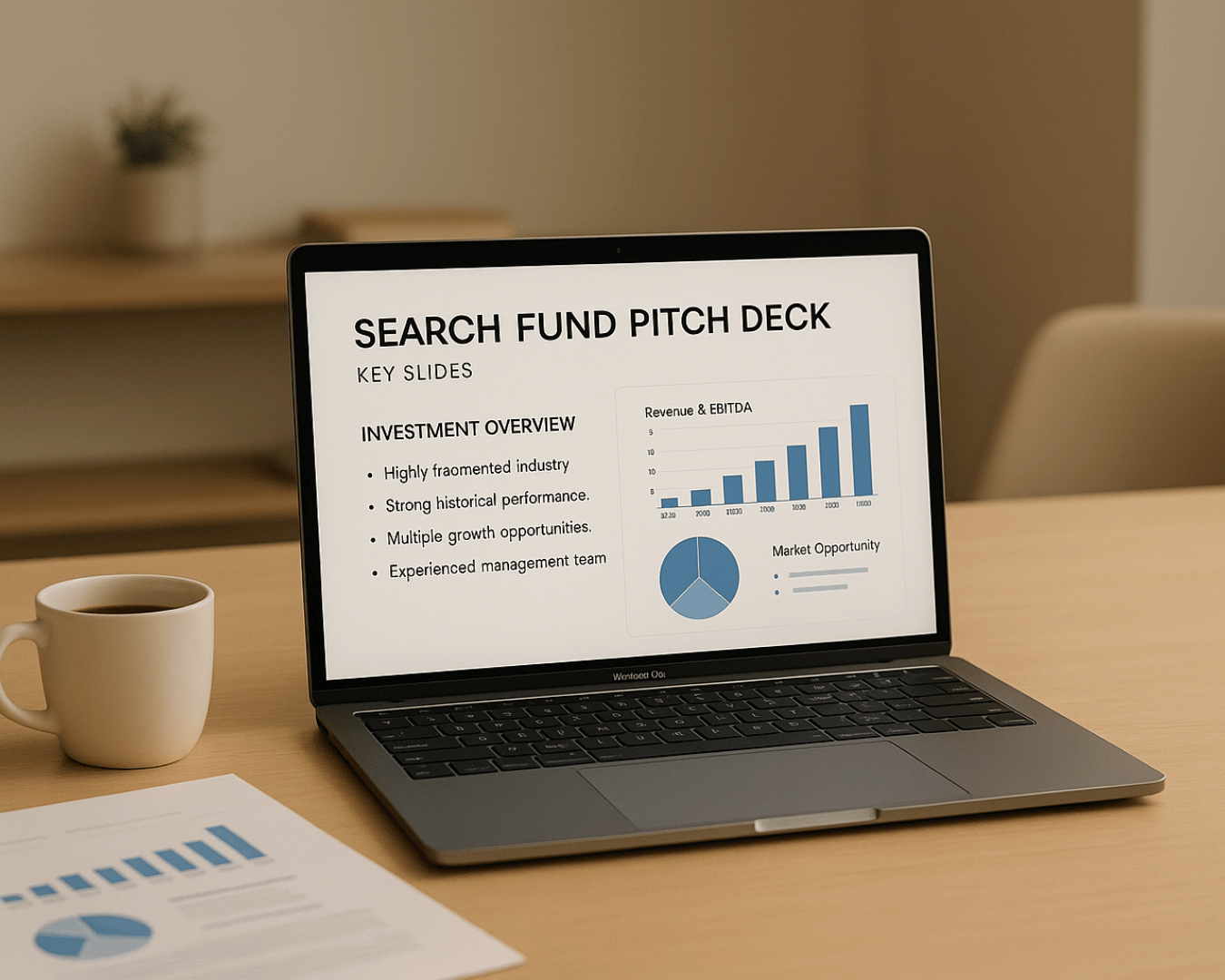




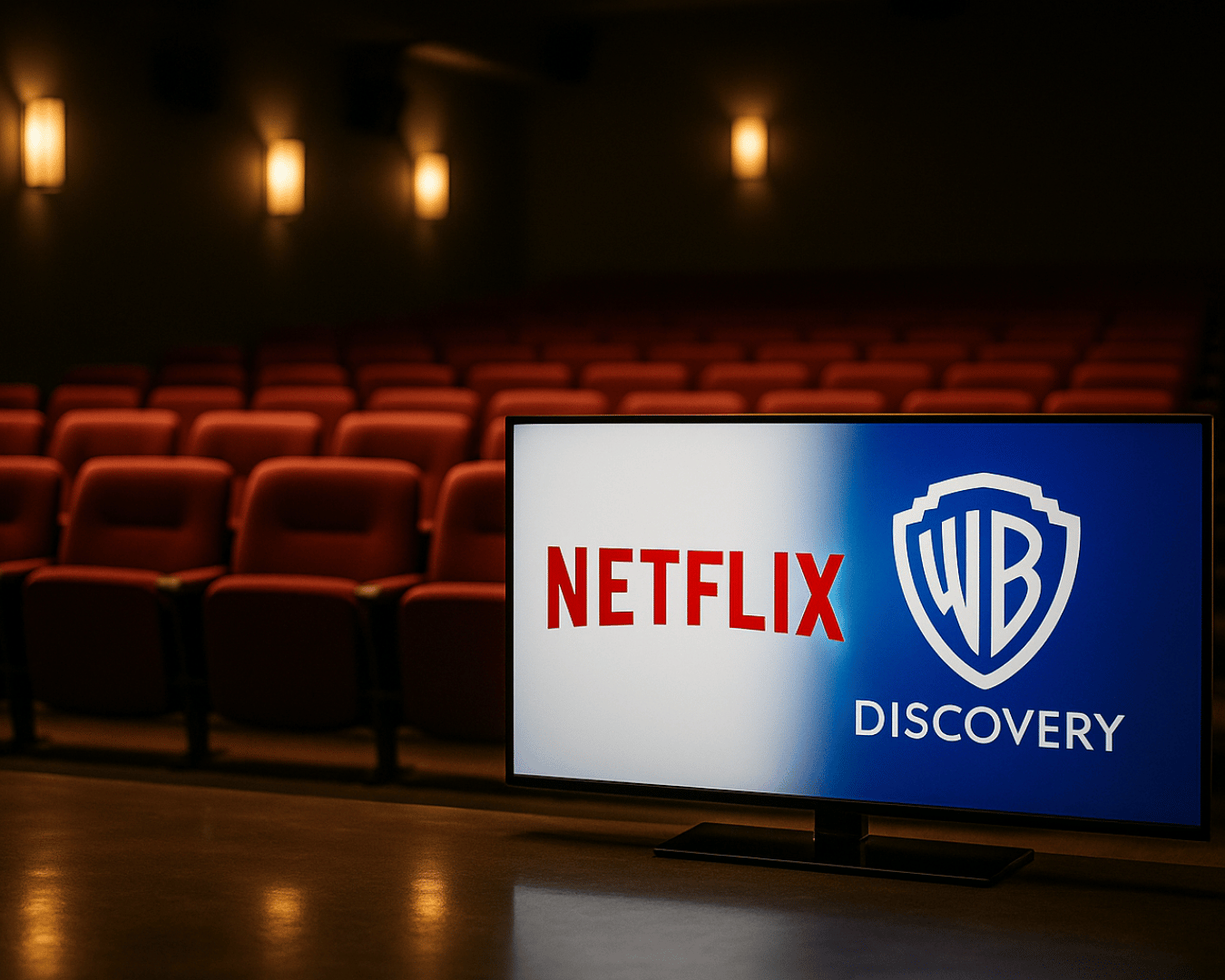











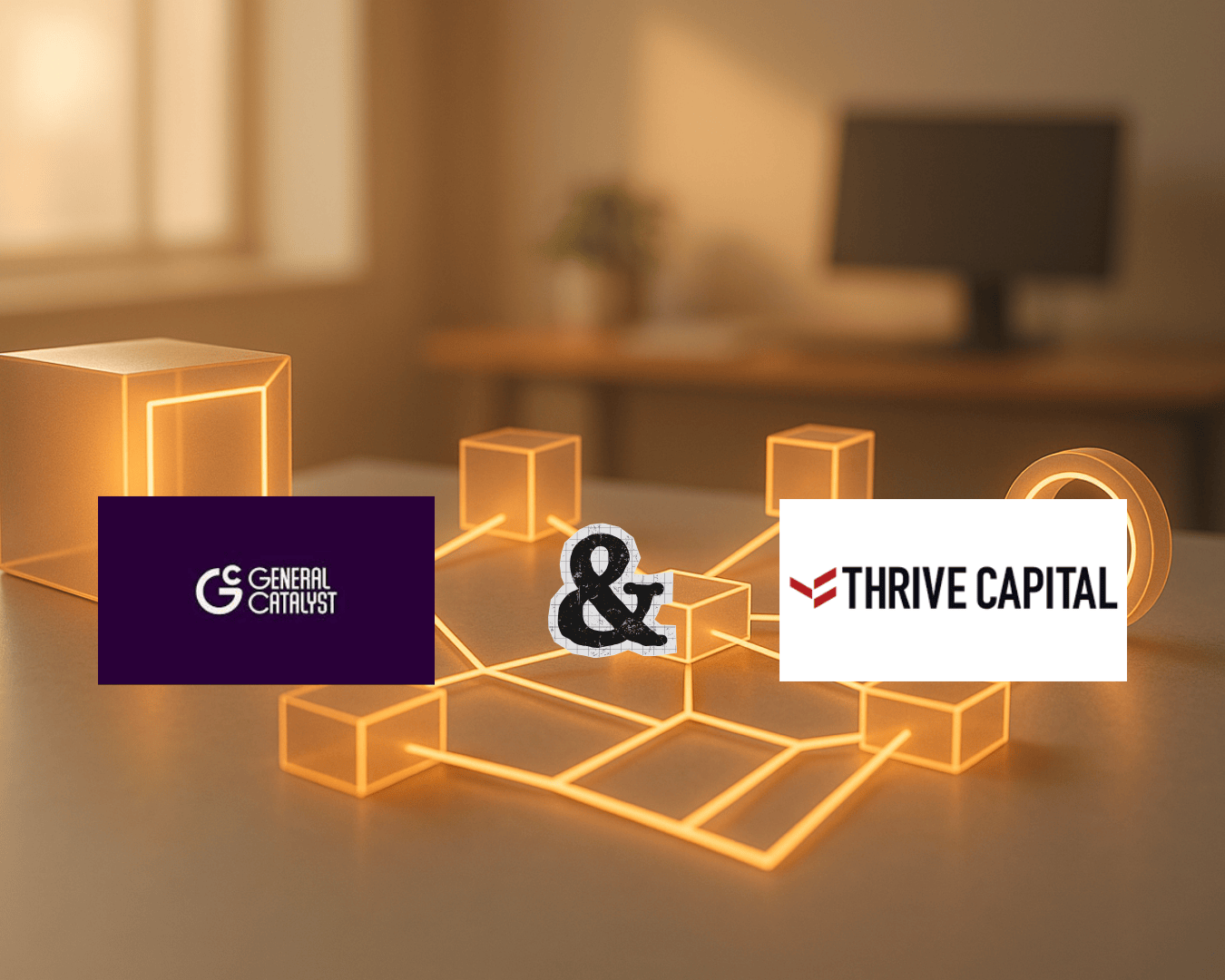








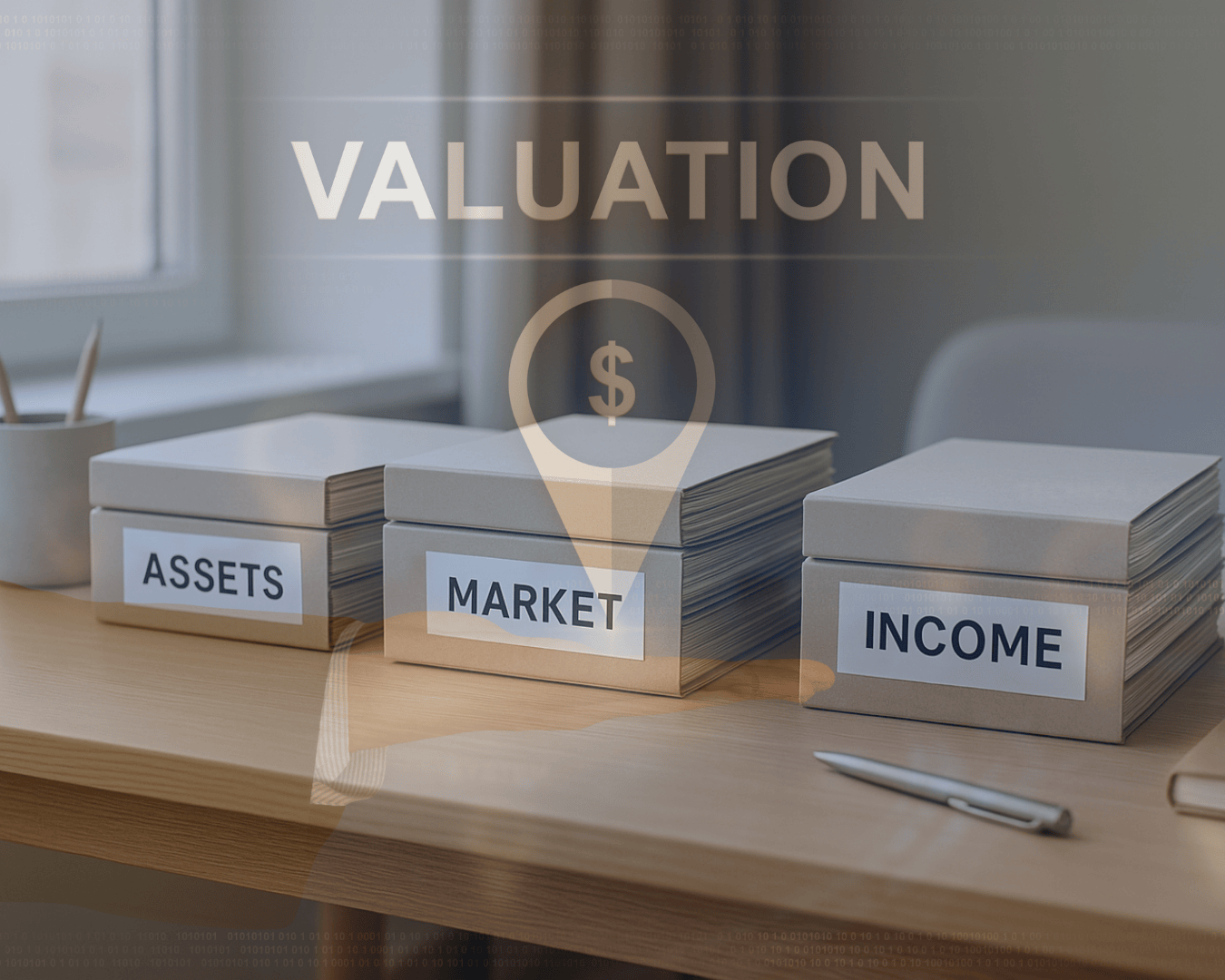


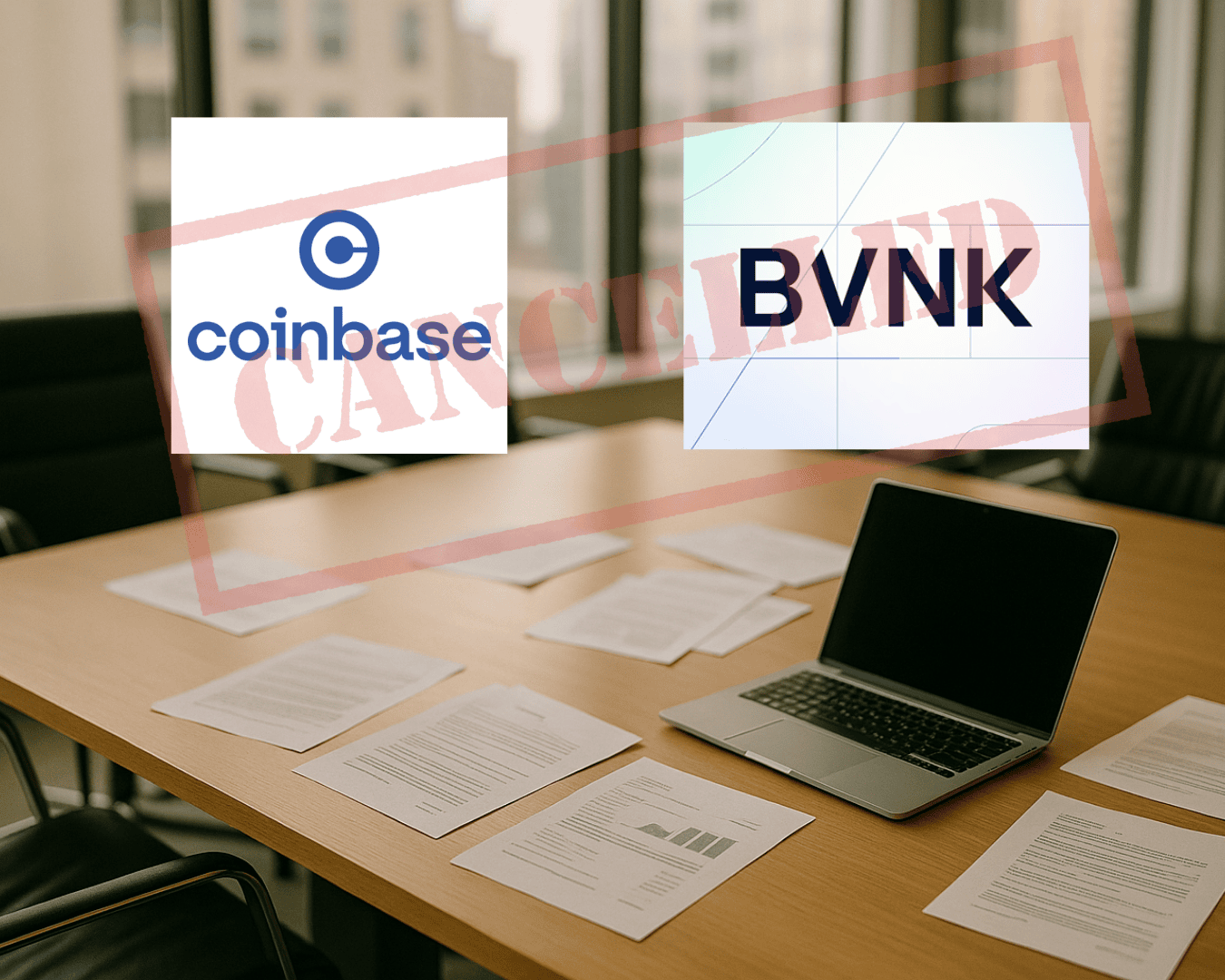









.png)
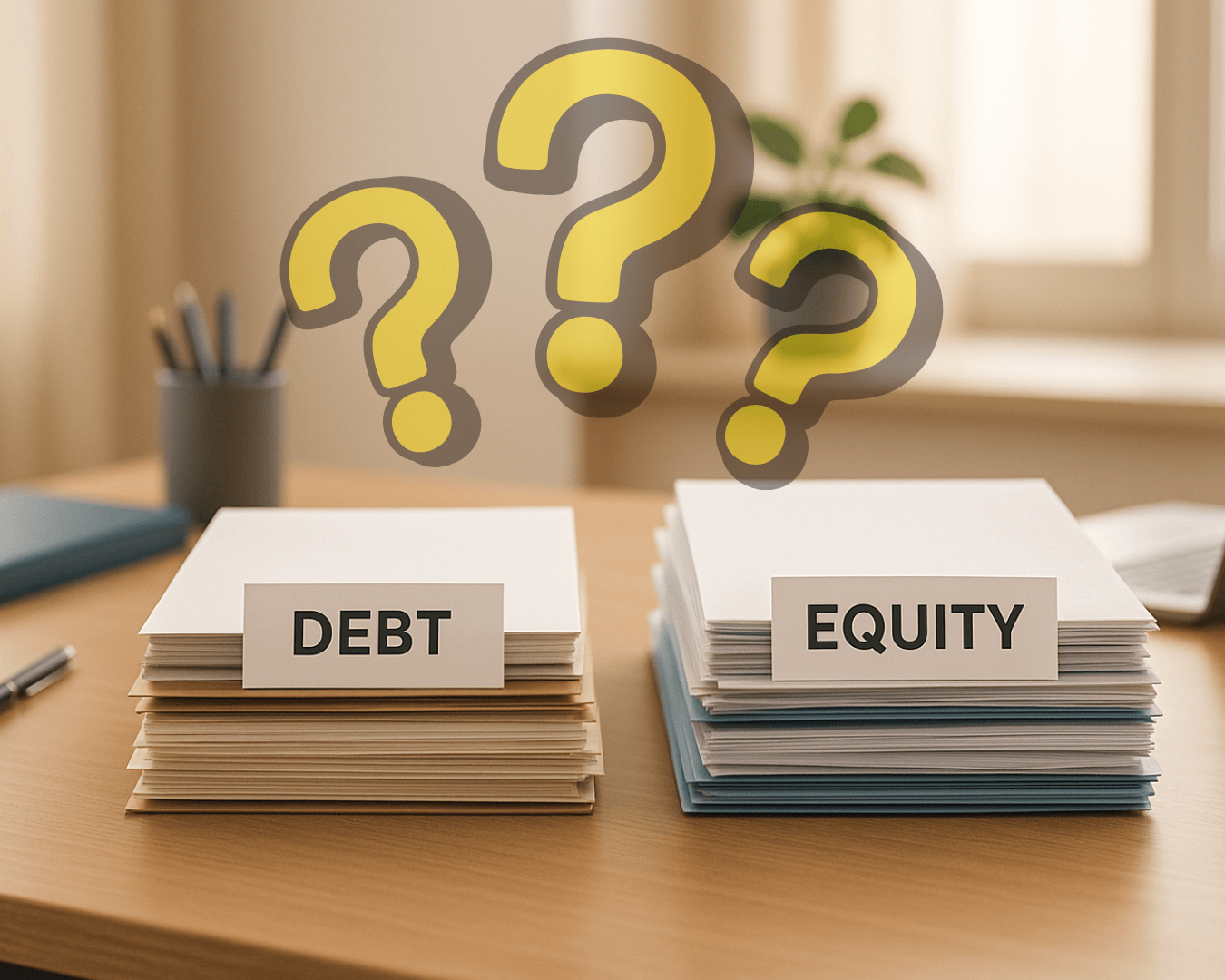
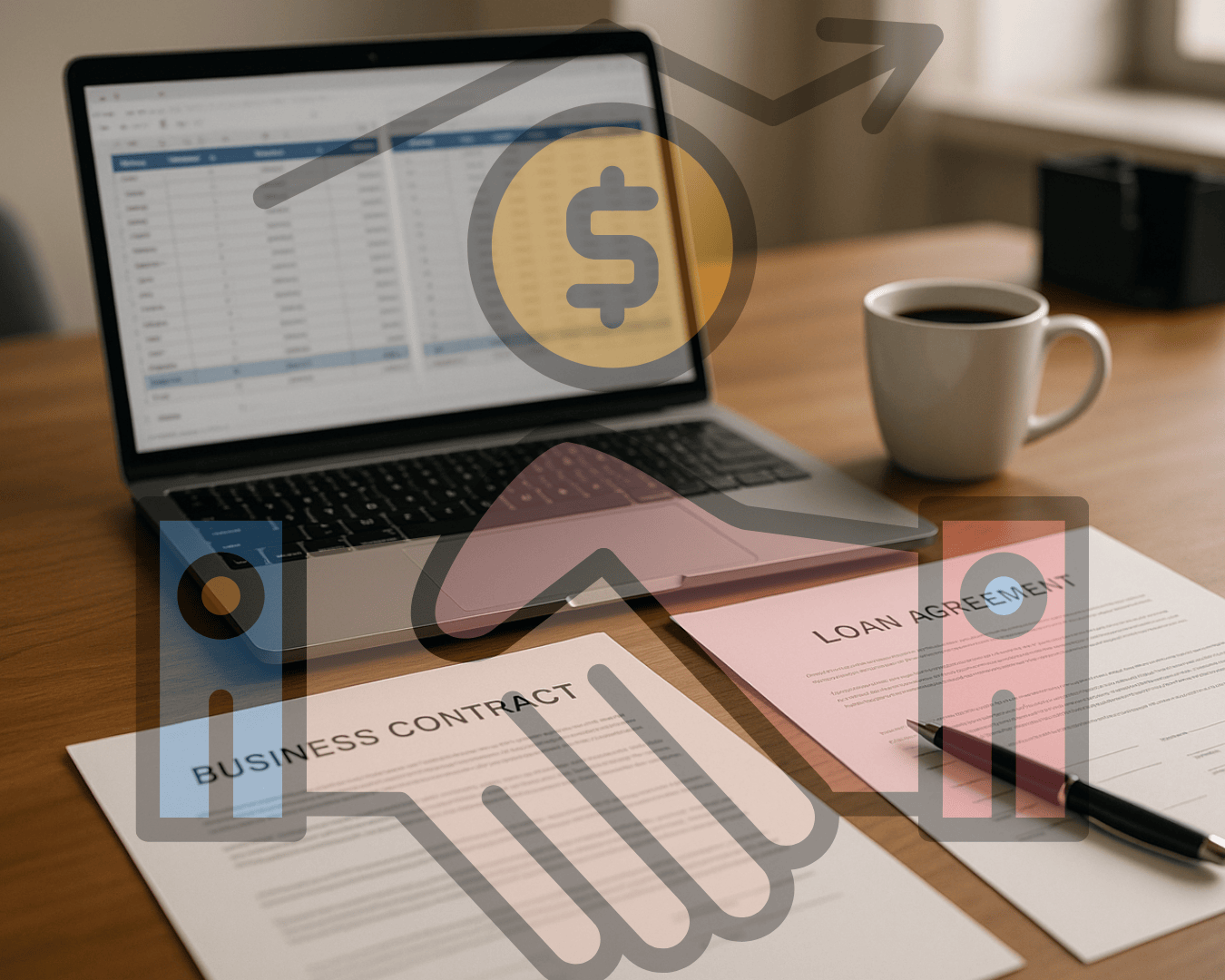




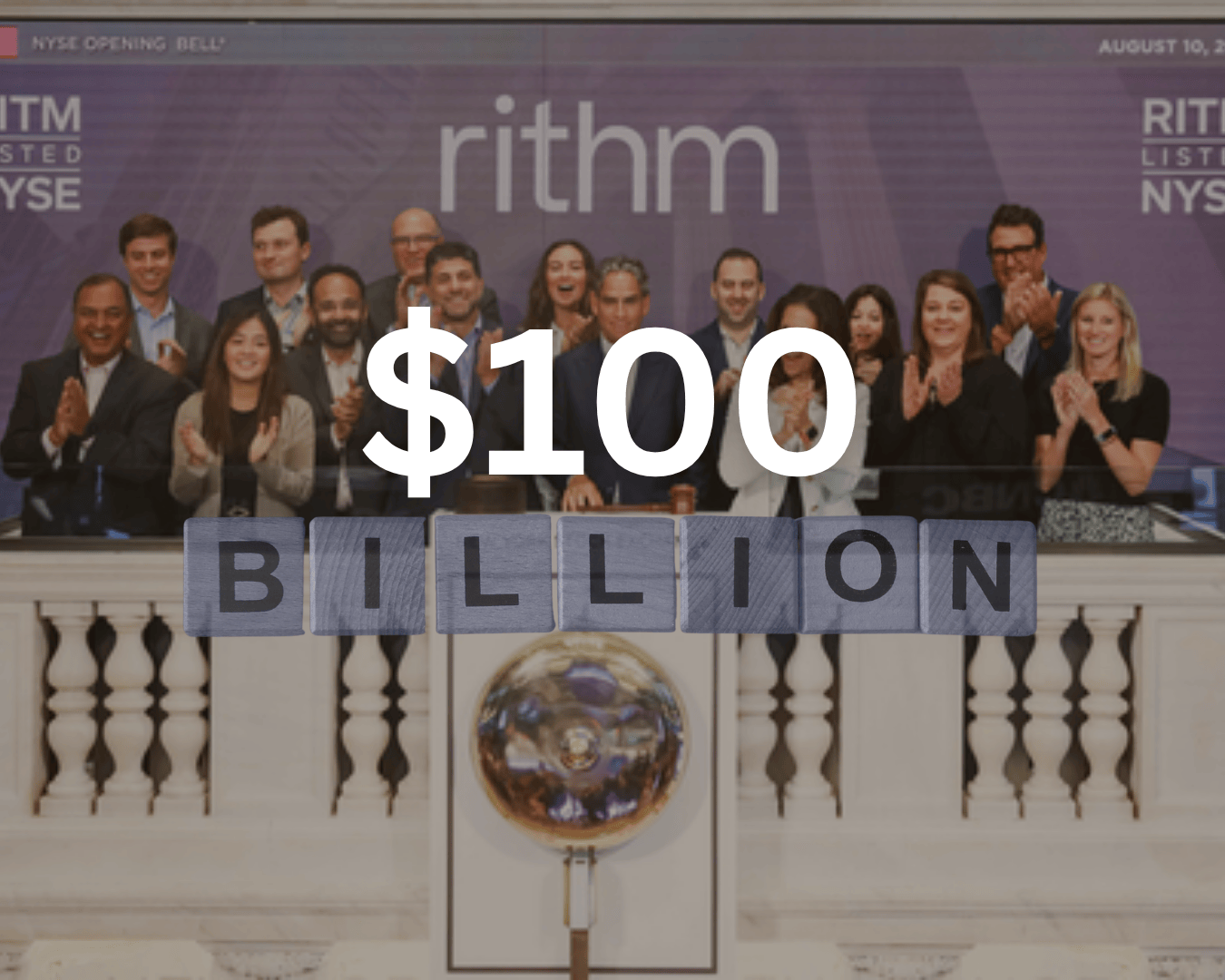










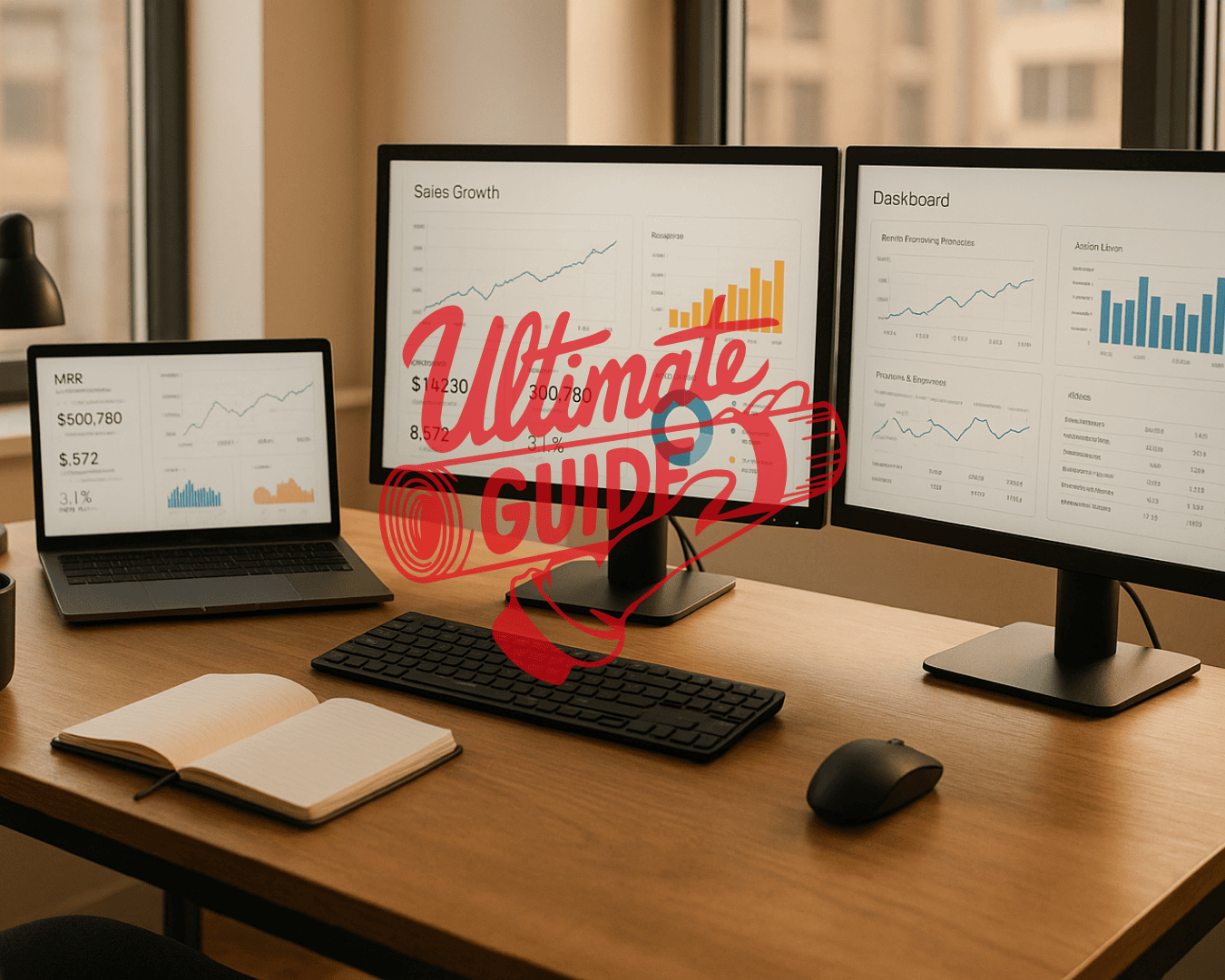




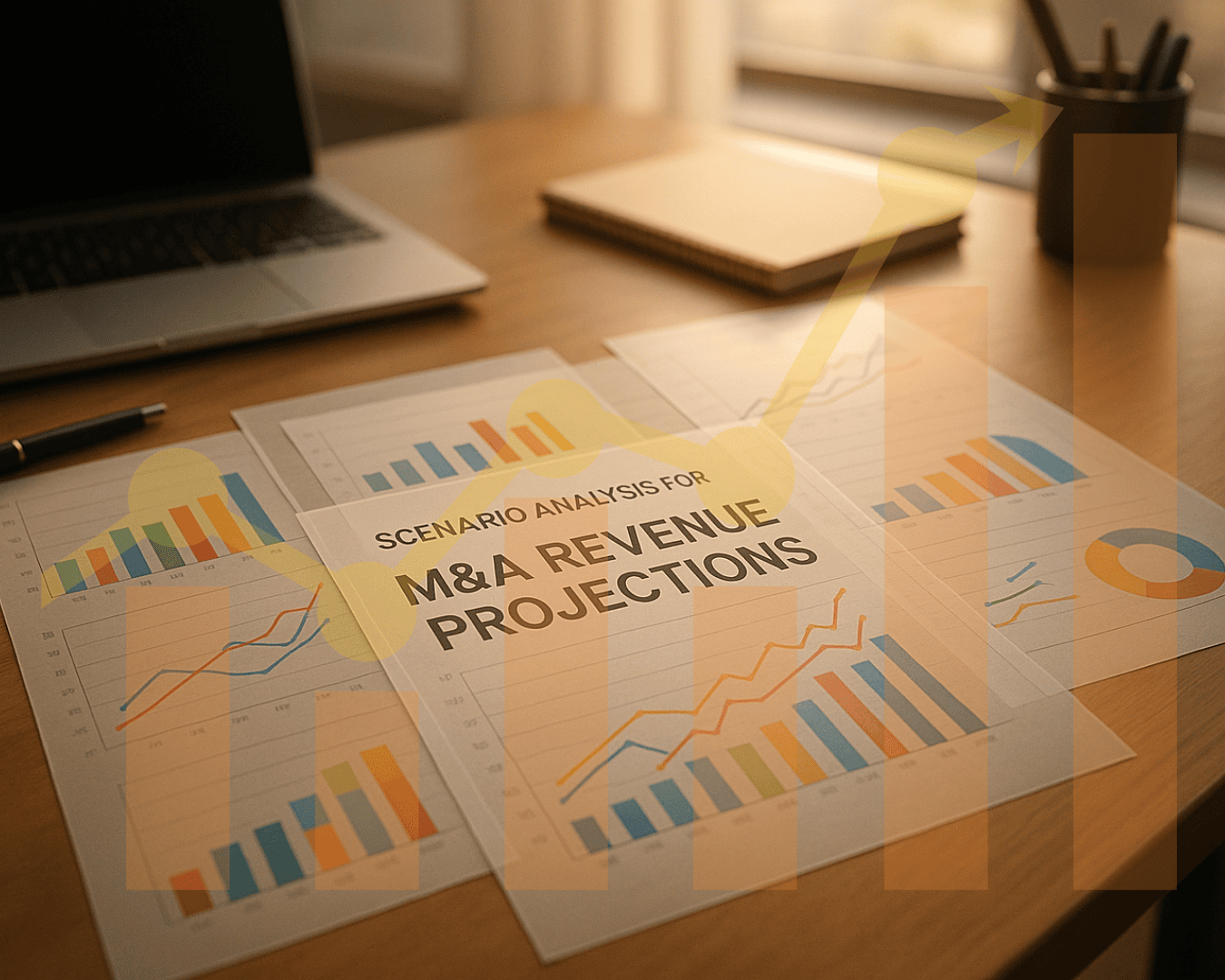





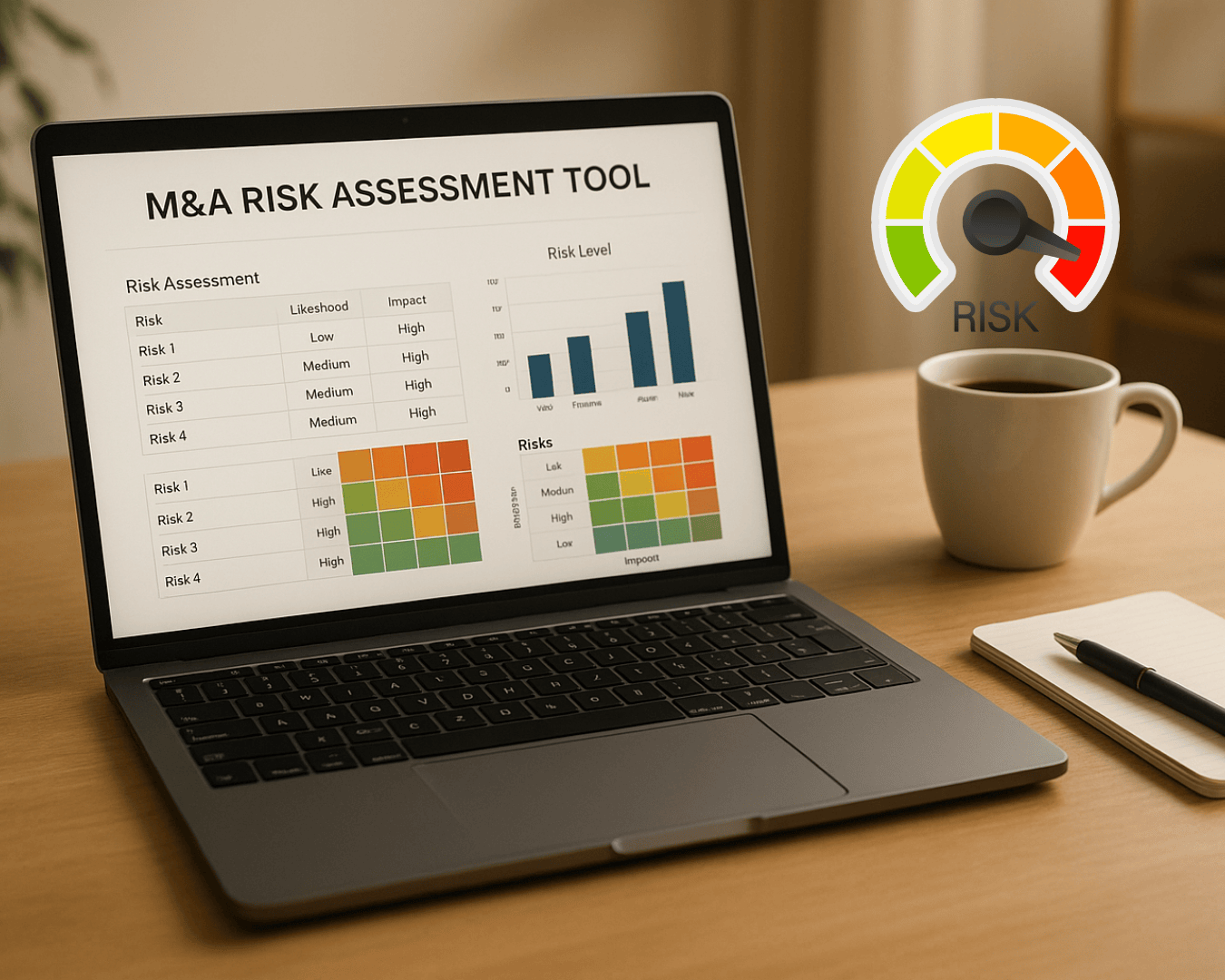

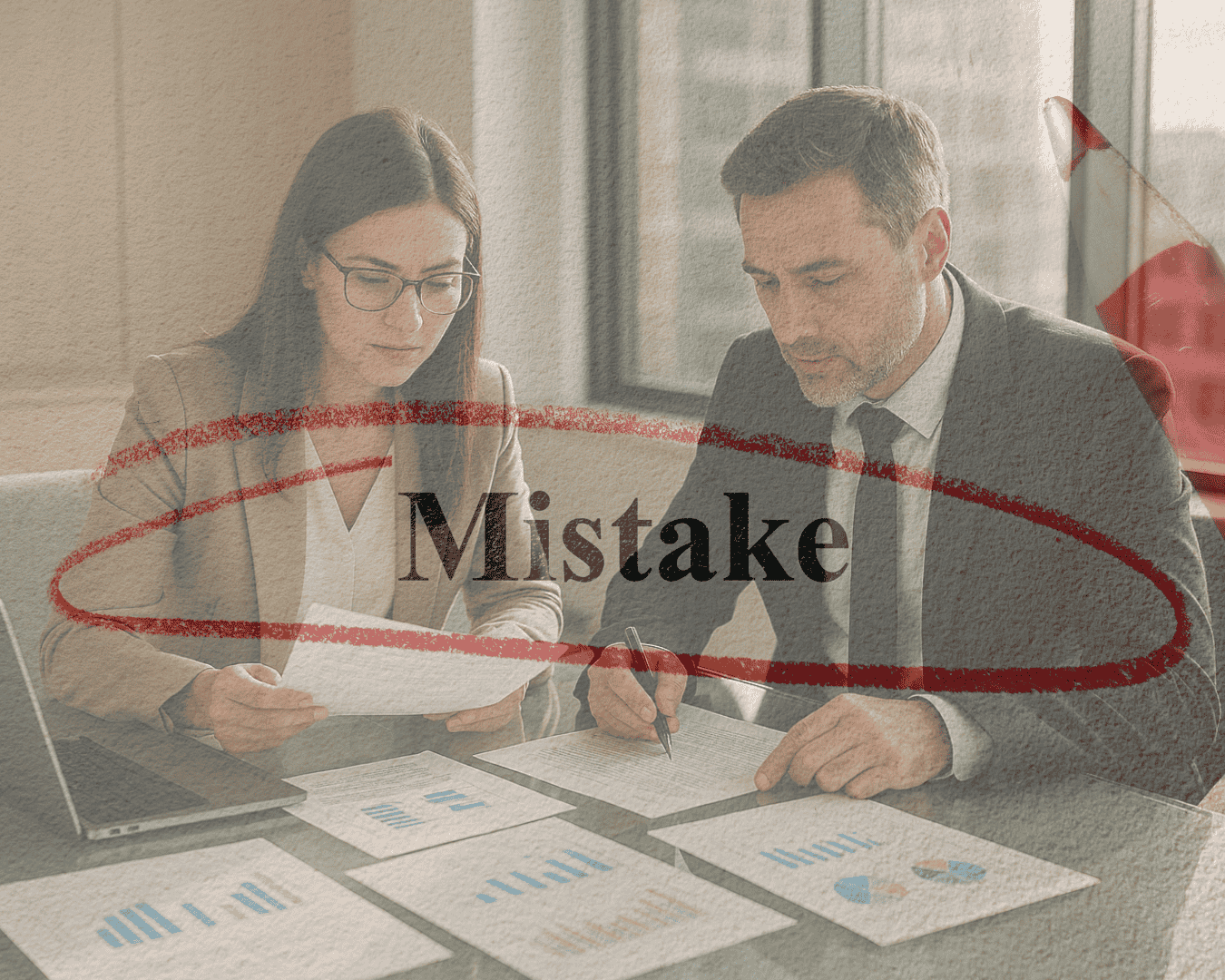
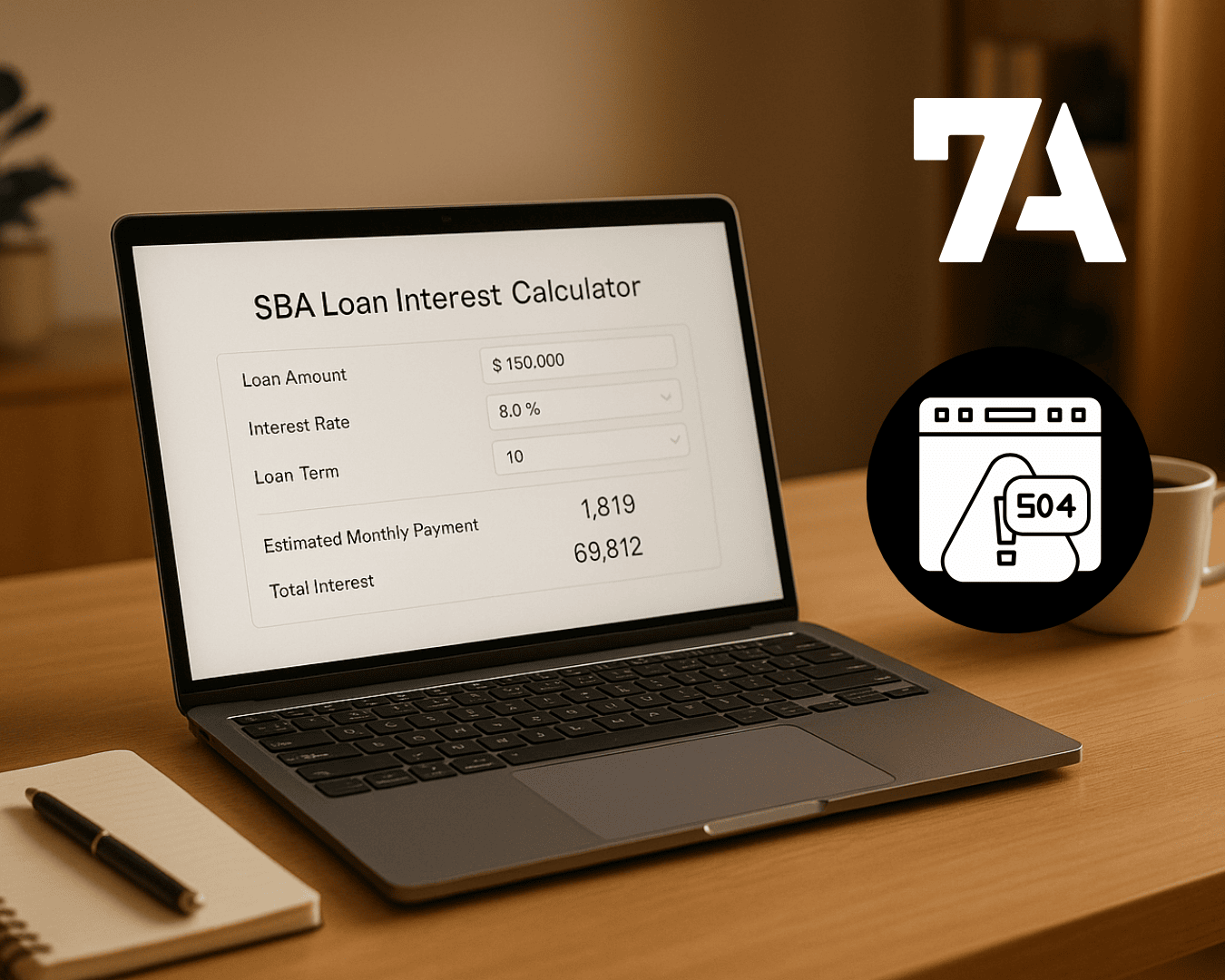








%20Loan%20Application%20Checklist.png)
